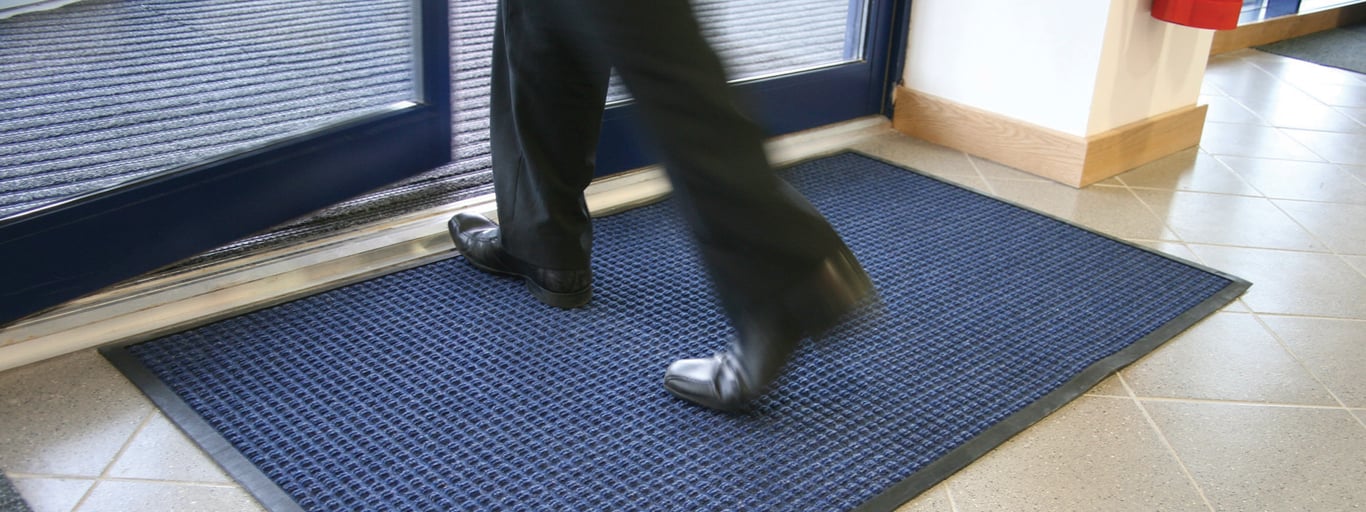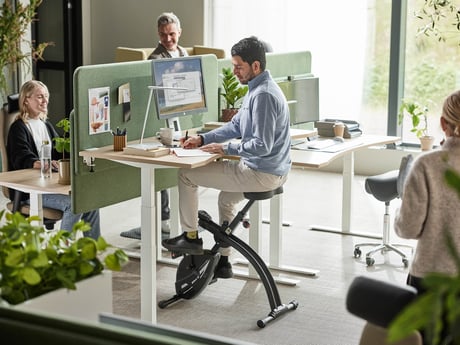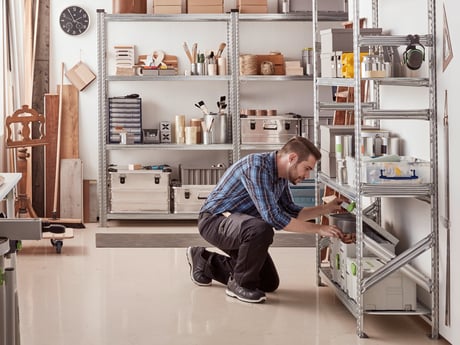- AJ Products UK
- Blog: Tips to Inspire Happiness at Work
- Tips & trends
- How to Select Outdoor Door Mats

How to select outdoors and high-traffic area mats
Choose the right material
One of the most important factors to consider is the material of the mat. Opt for weather-resistant, durable options such as waterproof coconut fibres, which are ideal for outdoor use. Rubber door mats are also a strong choice, particularly in wet conditions, due to their durability and anti-slip performance. For uncovered outdoor areas, select mats designed with pores or holes to allow water to drain, helping to prevent waterlogging.
Surface and texture
Outdoor mats experience heavy use, as they are placed in areas with higher footfall. It is therefore important to choose mats with textured or abrasive surfaces that effectively scrape away stubborn dirt and mud while trapping debris. To reduce the risk of slips and falls, select non-slip mats for areas prone to rain or snow. Installing boot scrapers alongside mats can also help by encouraging people to remove excess mud from their shoes before stepping onto the mat.
Size and placement
One of the best ways to ensure mats of appropriate sizes are selected is to match them to the door outside of which they are to be placed. Furthermore, users should be able to place both their feet comfortably on the mat. It is also important to consider the thickness of outdoor door mats. If the mat is too thin, it could slide and get stuck when the door is opened. Investing in large mats with bevelled edges and surfaces can help with preventing accidents.
Industrial and high-durability options
For offices, public buildings, or commercial spaces, industrial door mats offer excellent durability and low maintenance. These are designed to withstand heavy footfall while remaining effective at trapping dirt and moisture.
Maintenance and longevity
Frequently Asked Questions
- A: Weather-resistant materials like waterproof coconut fibres or durable rubber are ideal. Rubber is especially good in wet conditions for its anti-slip properties.
- A: The mat should match the width of the door and allow users to comfortably place both feet on it. Thickness matters too—too thin, and it may slide; a thicker mat with bevelled edges is safer.
- A: Yes, textured or abrasive surfaces help scrape off dirt and mud while trapping debris, keeping indoor areas cleaner.
- A: Absolutely, especially in areas prone to rain or snow, to prevent slips and falls.
- A: Yes, industrial-grade outdoor mats are durable and suitable for high-footfall areas in both offices and commercial buildings.



